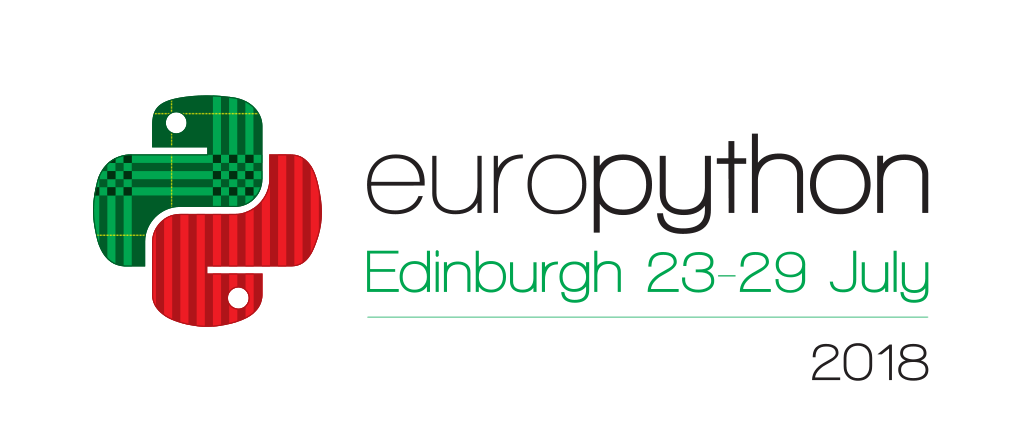Air Quality & Python: Developing Online Analysis Tools
Poor surface air quality has a range of implications for human health and the economy. Without concerted mitigation efforts, trends in urbanisation and aspirations for progressive economic growth will result in poorer levels of air quality. Analysing and interpreting the incoming data streams from heterogeneous air quality measurement stations is critical for tackling the problem and for developing early warning systems. I am using Python to develop a set of online analysis tools (ukatmos.org) to enable the public to quickly and easily plot air quality data in many ways, effectively freeing up information that is already publicly available but in awkward formats and often involves development of code. We anticipate these tools will also support data science classes at school, and can speed up scientific research by minimizing effort in repeating analyses.
This talk will cover how the tools integrate numerous Python libraries (e.g. Pandas and NumPy), the Django web framework, the Plot.ly tools for creating interactive graphs, and SQL to address the large data volumes. Developing these Python tools in an adaptive and scalable way allows it to grow as more data become available, e.g. satellite observations. Adaptability also includes evolving user requirements. This project will also be developed into a Python library allowing the user to easily use the online analysis tools from an offline Python environment.
